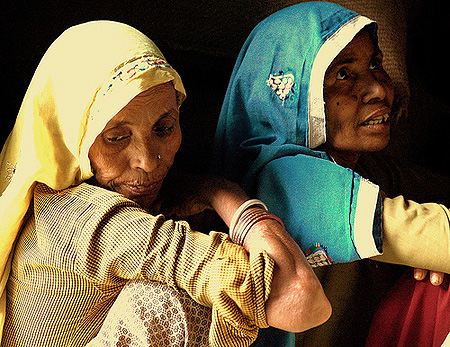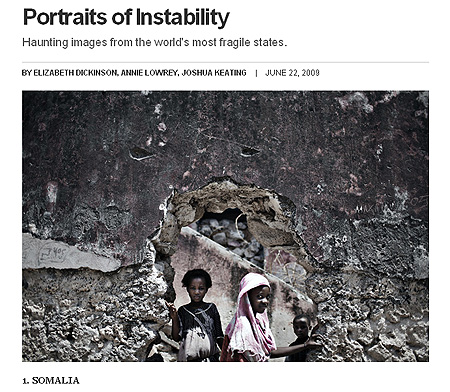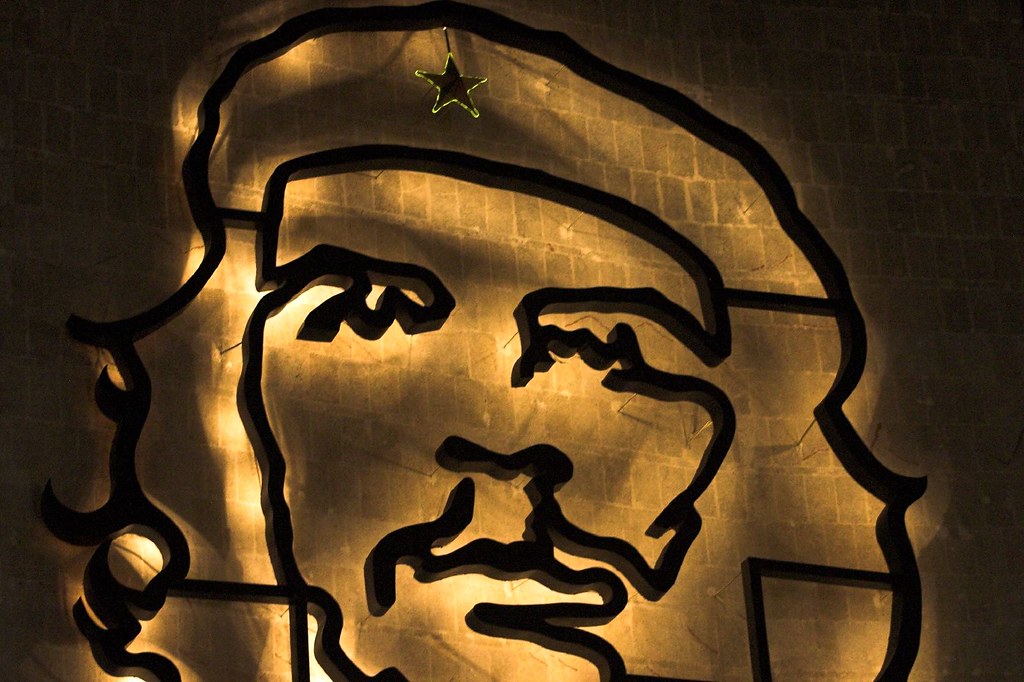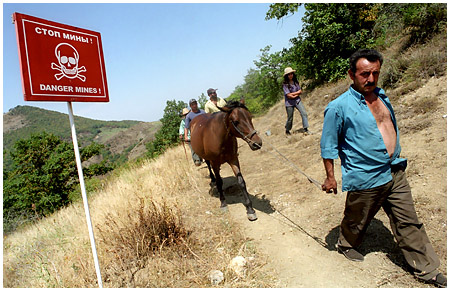
Well, it turns out microfinance institutions and microenterprises may very well be.
In an interesting reversal of fortunes, small, flexible and locally connected microfinance institutions seem to be fairing better than their larger commercial counterparts in the current economic climate. Due in large part to flexible business models, locally connected operations (microcreditors tend to know their customers much better), low exposure to the hazy world of high-flying finance, and an attractive product, microfinance institutions are flourishing all over the world.
By lending small amounts to poor people with no traditionally defined credit-worthiness, microfinance institutions are keeping the lower tiers of the world economy afloat, even thriving in parts.



